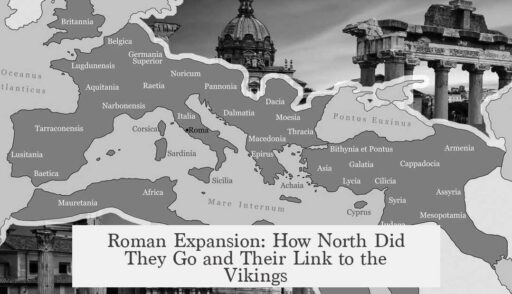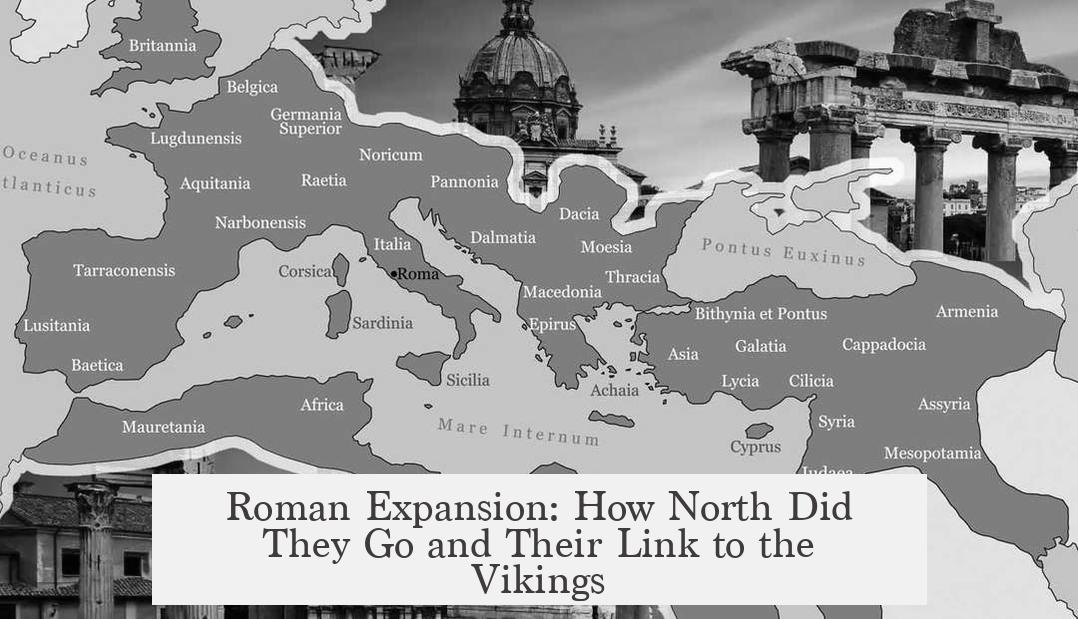The Romans pushed north primarily up to the Rhine River, with some territory extending into northern Germany and the Netherlands, but they never established a permanent foothold in Scandinavia. Therefore, they did not encounter Vikings as we define them today, since the Viking Age began centuries after the fall of the Western Roman Empire.
The Roman Empire’s northern frontier rested mostly along the Rhine and Danube rivers. These rivers served as natural boundaries between the Roman world and various Germanic tribes. While the Romans conducted military operations and trade expeditions beyond these borders, their control remained limited and intermittent in regions that today include northern Germany.
Scandinavia, the homeland later associated with Vikings, remained outside Roman reach. Ancient Romans knew of Scandinavia, referencing it in texts like Pliny the Elder’s Naturalis Historia, but often mistaken it as an island separate from continental Europe. No Roman military campaigns or settlements occurred in Scandinavia despite some occasional contact with tribes who lived in the Germanic borderlands.
The Vikings, known for their raids and exploration, emerged around the 8th century AD, long after the Western Roman Empire had fallen in the late 5th century. Because of this time gap, direct interactions between Romans and Vikings did not happen. Instead, the Romans encountered earlier Germanic groups who were ancestors or contemporaries to those who would become Vikings.
The Romans did fight Norse-related peoples such as the Goths. These groups originated from southern Sweden and played major roles in the later Roman period. During the 3rd century, Goth tribes pushed into Roman territory, contributing to the empire’s instability. Although these early Germanic tribes shared cultural roots with what would become Viking populations, they are distinct from the Vikings of the Early Middle Ages.
While the Romans did not meet Vikings, Viking activity long after the Roman Empire’s fall brought them into contact with the remnants or successor states of Rome. Viking explorers and raiders traveled extensively. They reached as far as Central Asia, the Caspian Sea, the Iberian Peninsula, and the Mediterranean. Evidence shows Vikings raided southern Italy and North Africa in the 9th century. Björn Ironside famously conducted Mediterranean raids, possibly targeting Rome’s environs, though historical records suggest his attack was on Luna, Italy, not Rome itself.
Vikings maintained long trade routes and occasionally influenced regions formerly under Roman control. By the Viking Age, Christian influence prompted Viking pilgrimages to Rome. Notable figures such as Gudrid Thorbjarnardóttir, wife of Erik the Red, made pilgrimages to Rome, illustrating cultural exchanges between Vikings and the post-imperial Christian world.
| Aspect | Details |
|---|---|
| Roman Northern Reach | Up to the Rhine, limited control in northern Germany and Netherlands |
| Roman Presence in Scandinavia | None; known but thought an island |
| Romans vs. Vikings Timeline | Romans fell ~5th century; Vikings emerged 8th century |
| Roman Contact with Norse Groups | Yes, with Goths and similar Germanic tribes |
| Viking Interaction with Rome | Indirect; raids in Mediterranean, pilgrimages |
- Romans pushed north only to the Rhine; no permanent Scandinavian presence.
- Vikings appeared centuries after the Western Roman Empire’s fall, so no direct encounters.
- Romans fought early Germanic tribes related to Vikings, such as the Goths.
- Vikings traveled widely, raiding and trading beyond northern Europe, including Mediterranean coasts.
- Viking pilgrimages to Rome reflect cultural links after Rome’s imperial era ended.
How Far North Did the Romans Push? Did They Ever Encounter What We Know as “Vikings”?
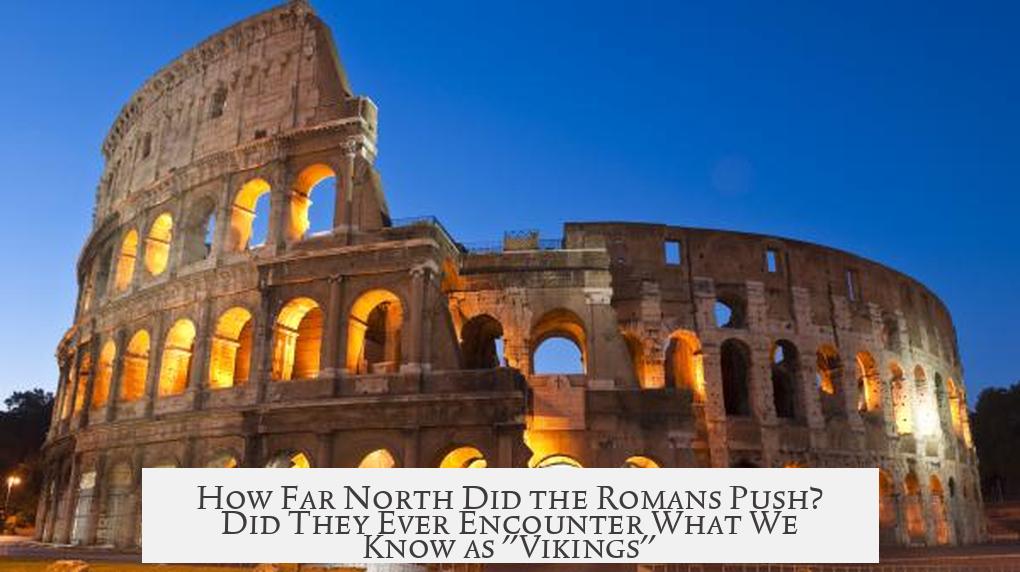
The Romans never ventured far enough north to meet the historical Vikings; their northern frontier mainly stopped around the Rhine River, with minor holdings in today’s northern Germany and the Netherlands. The Vikings appeared centuries after the fall of the Western Roman Empire, making direct contact highly unlikely.
Now, that’s a bit of a history plot twist, isn’t it? Most people imagine Roman legions clashing with fierce Viking warriors in snowy northern lands, but reality paints a very different picture. Let’s dive into the fascinating story of Roman northern expansion and how it intersects—or rather, misses—the Viking Age.
The Roman Northern Limits: Up to the Rhine and a Bit Beyond
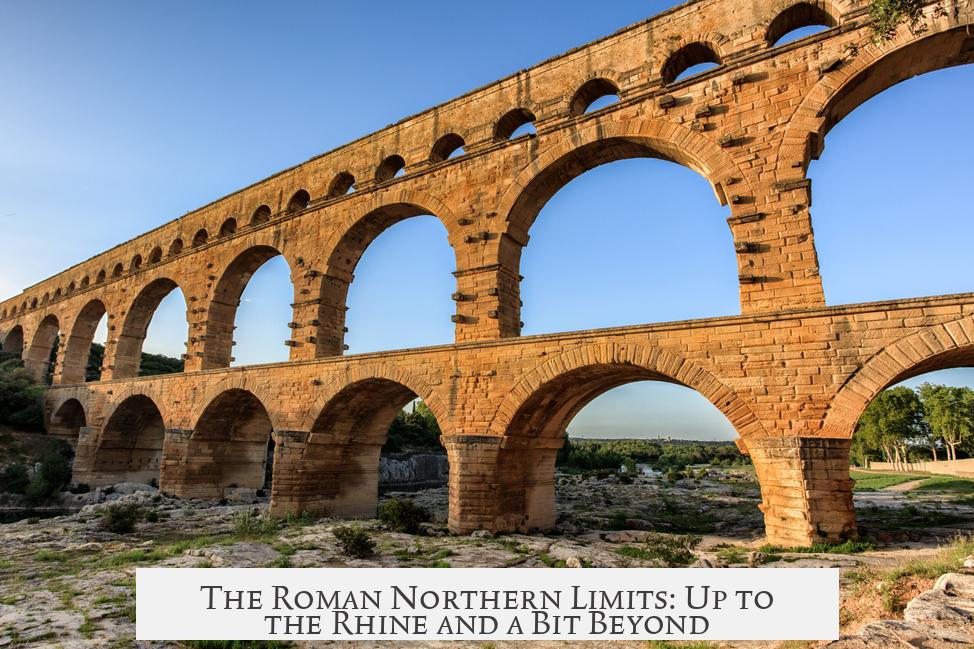
The Roman Empire stretched impressively across Europe, but its northern reach was limited. The Rhine River served as a natural frontier, acting like a watery fence preventing Roman legions from marching further into what we now call northern Germany. Yes, the Romans dipped their toes a little beyond that—small territories in northern Germany and the Netherlands—but they never set up permanent bases deeper north.
Imagine trying to set up a cozy summer home near the Scandinavian peninsula back then. That’s what it might have felt like for Roman generals: too cold, too wild, and outright unknown territory. Beyond the Rhine lay densities of Germanic tribes, many of whom traded with the Empire but were never fully conquered.
The Romans didn’t exactly have the GPS or satellite imagery to understand northern Europe. Pliny the Elder, a Roman historian and naturalist, thought Scandinavia was an island! It was an educated guess, but far from the clear map we know today. They had only filtered knowledge about those lands, little more than rumors and hearsay.
Encountering Vikings? Not Quite on the Timeline
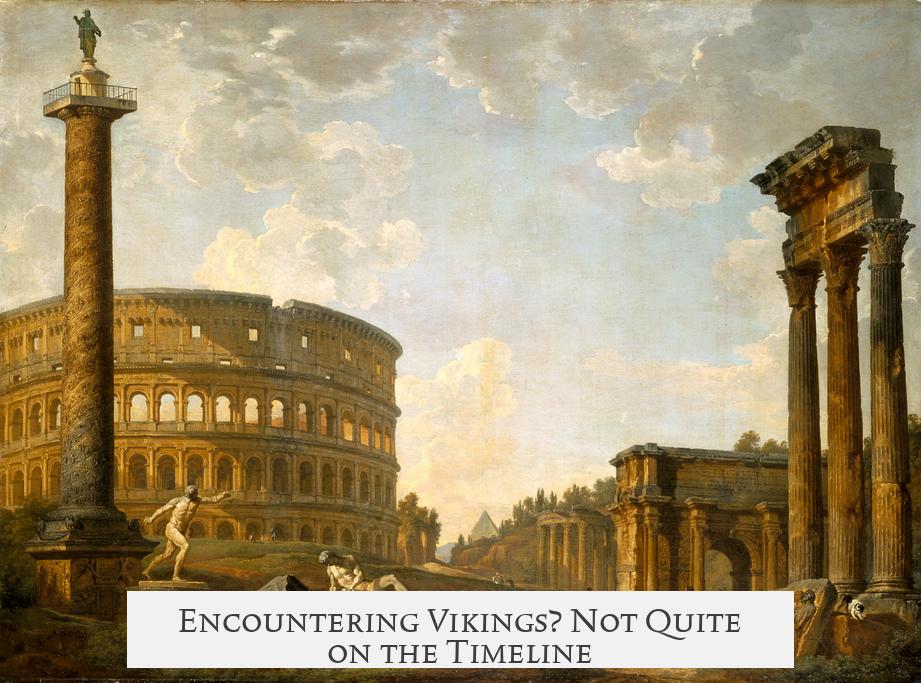
One crucial fact often overlooked is that the Viking Age begins roughly in the 8th century AD, around 750 AD, well after the Western Roman Empire’s collapse in 476 AD. So, the iconic Viking and Roman showdown that you might imagine in epic battle scenes simply never happened.
Romans and Vikings never crossed swords because they didn’t live at the same time. It’s like asking if Julius Caesar ever visited Times Square—charming thought, but historically impossible.
What about the tribes that preceded Vikings? The Romans definitely met groups related to Norse peoples. For instance, the Goths, or Geats as Old English texts name them, hailed from southern Sweden. In the 3rd century AD, the Goths were known warriors who interacted with the Roman Empire — sometimes hostile, sometimes cooperative.
Who Were the Vikings, Anyway?
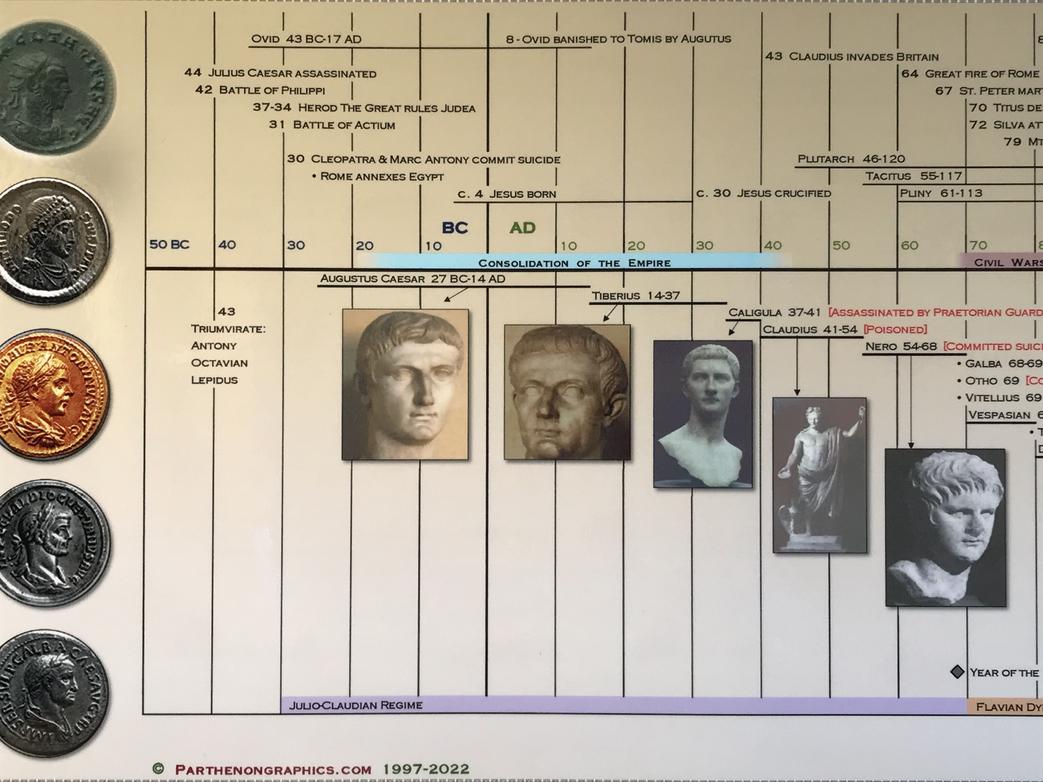
Here’s a detail for your next trivia night: Vikings weren’t a single group or nation. They were raiders and explorers from various North Germanic clans who impacted Europe during the Early Middle Ages. Calling all Germanic warriors ‘Vikings’ isn’t accurate as only those engaged in overseas raiding earned that epic title.
So, thinking the Romans fought Vikings is a bit like asking if Napoleon battled the Nazis. Two significant historical ‘badass’ groups, separated by centuries.
Roman-Ranged Territories vs. Viking Trade Routes
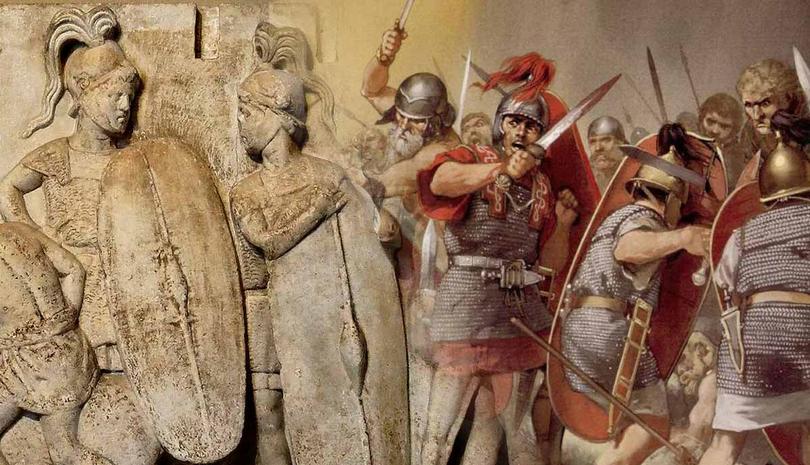
Despite the lack of direct military encounters, the Romans and Vikings certainly influenced some overlapping spheres. Vikings launched far-ranging expeditions—trading, raiding, and exploring places from Central Asia to Spain. They even sailed as far as the Caspian Sea and southern Mediterranean coasts. There’s evidence of Viking raids in Italy and North Africa, with figures like Björn Ironside famously sacking Pisa around 860 AD.
However, much of this occurred during the Viking Age after the Western Roman Empire had already crumbled. The Vikings might have rubbed shoulders with the Byzantine Empire or later medieval Rome, but not the grand Imperial Rome of Caesar and Augustus.
The Curious Case of Björn Ironside and Rome
Among Viking legends, Björn Ironside stands out. A daring warrior who raided France and sailed into the Mediterranean, he supposedly attacked a walled city in Italy, believed by him to be Rome. Unable to breach the walls, he sent a cheeky message claiming to be baptized and requested Christian burial. During his funeral, he sprang from his coffin and opened the gates for his troops, but the twist? This city wasn’t Rome—it was Luna, a different Italian location.
This story shows Vikings’ dramatic flair for deception and daring, but it also tells us their interaction with Rome was through convoluted medieval legends rather than direct conquests.
From Norse Pagan Raiders to Christian Pilgrims
The relationship between northern peoples and Rome transformed over time. Many Vikings eventually embraced Christianity. For example, Gudrid Thorbjarnardóttir, an extraordinary woman of the Viking Age and wife of Erik the Red, journeyed on pilgrimages to Christian Rome. She played a crucial role in exploring North America long before Columbus arrived.
This shift highlights how Vikings went from feared raiders to cultural intermediaries linking northern Europe with the Mediterranean Christian world.
Summary: The Northern Frontier and the Viking Rift
| Aspect | Roman Reach | Viking Activity |
|---|---|---|
| Geographical Limit | Up to Rhine River, minor in north Germany and NetherlandsNever in Scandinavia | Originated in Scandinavia |
| Timeline | Imperial peak until 476 AD | 8th–11th century AD |
| Contact | Traded with Germanic tribes; fought Goths from Sweden | Raided Mediterranean and traded far east and west; no direct Roman contact |
| Cultural Links | Mostly pagan Roman and early Christian overlap | Christian pilgrimages to Rome in Viking Age |
So, how far north did the Romans push? Not nearly far enough to meet full-fledged Vikings. Did they ever encounter Vikings themselves? Only indirectly and across centuries. Instead, Romans faced early Germanic tribes who later evolved or influenced the societies that produced Viking raiders. It’s a story of time gaps and geography, no blockbuster battles or combined warrior sagas.
Isn’t history fascinating when you peel back the layers? Next time you picture Roman soldiers and Vikings locking shields, remember: the time traveler’s budget never included overlapping dates for those two epic groups. But the echoes of their worlds did overlap in subtle, fascinating ways.
Curious about how those early Germanic tribes influenced Viking culture, or how the Roman Empire shaped northern Europe beyond its borders? There’s plenty more where this came from — history is never short on surprises!
